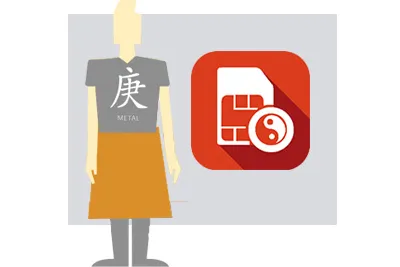404 NOT FOUND
Hãy nhập đầy đủ thông tin của bạn để tìm kiếm
Thư viện tin tức tổng hợp
 Sim điện thoại có phải là vật phẩm phong thủy?
Sim điện thoại có phải là vật phẩm phong thủy?
Mỗi con số trong dãy sim điện thoại đều mang những năng lượng riêng, tùy theo trật
tự
của dãy số mà Sim điện thoại có thể ảnh hưởng tới bạn theo hướng tốt (Cát) hay xấu
(hung)
 Dùng kinh dịch chọn sim phong thủy tốt cho 4 đại nghiệp đời
người!
Dùng kinh dịch chọn sim phong thủy tốt cho 4 đại nghiệp đời
người!
Bằng những gợi ý quẻ dịch sim tốt cho 4 đại nghiệp, bạn có thể chọn dãy sim phong
thủy
hợp tuổi thỏa mong muốn hỗ trợ công danh, tài vận, tình duyên gia đạo hay hóa giải
vận
hạn
 Tìm hiểu các phương pháp bói sim theo Kinh Dịch
Tìm hiểu các phương pháp bói sim theo Kinh Dịch
Khám phá các phương pháp bói sim Kinh Dịch phổ biến hiện nay để luận giải ý nghĩa sim số theo quẻ…









